Tzvika Hartman
A Joint Named-Entity Recognizer for Heterogeneous Tag-setsUsing a Tag Hierarchy
May 22, 2019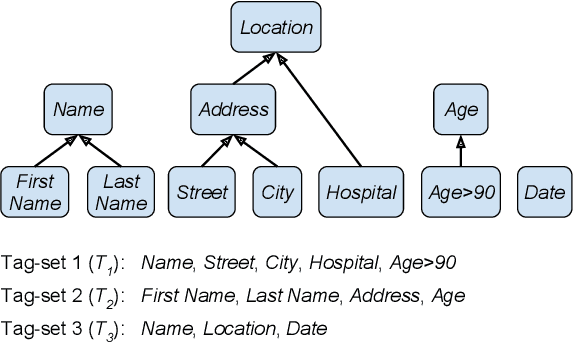
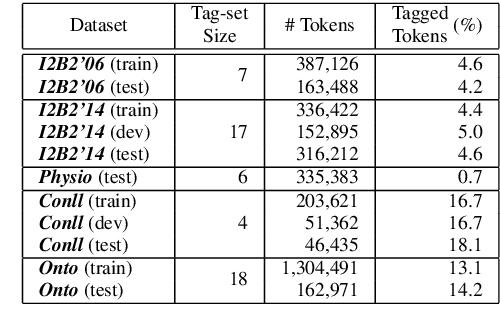
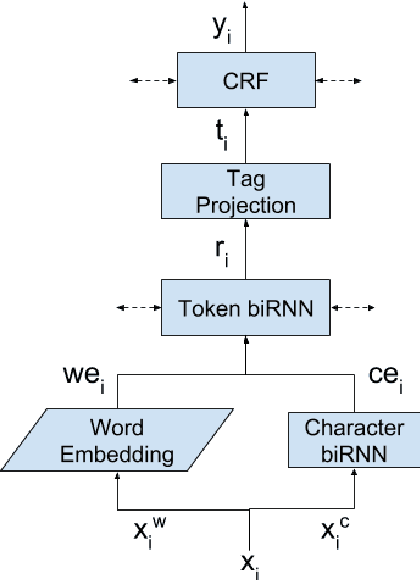

Abstract:We study a variant of domain adaptation for named-entity recognition where multiple, heterogeneously tagged training sets are available. Furthermore, the test tag-set is not identical to any individual training tag-set. Yet, the relations between all tags are provided in a tag hierarchy, covering the test tags as a combination of training tags. This setting occurs when various datasets are created using different annotation schemes. This is also the case of extending a tag-set with a new tag by annotating only the new tag in a new dataset. We propose to use the given tag hierarchy to jointly learn a neural network that shares its tagging layer among all tag-sets. We compare this model to combining independent models and to a model based on the multitasking approach. Our experiments show the benefit of the tag-hierarchy model, especially when facing non-trivial consolidation of tag-sets.
Audio De-identification: A New Entity Recognition Task
Mar 17, 2019

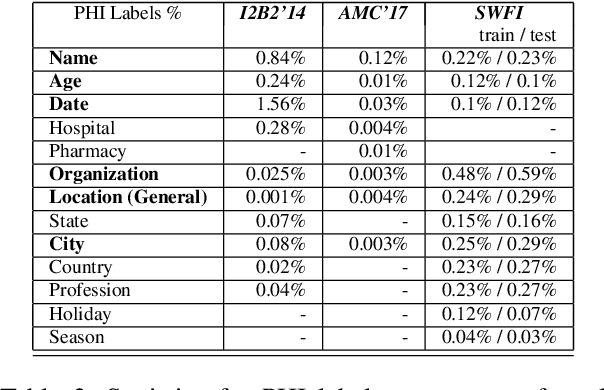
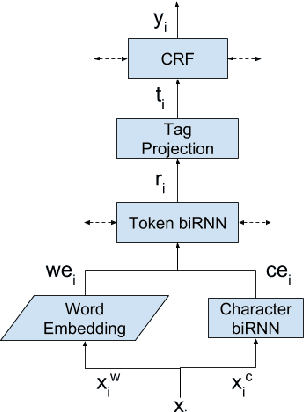
Abstract:Named Entity Recognition (NER) has been mostly studied in the context of written text. Specifically, NER is an important step in de-identification (de-ID) of medical records, many of which are recorded conversations between a patient and a doctor. In such recordings, audio spans with personal information should be redacted, similar to the redaction of sensitive character spans in de-ID for written text. The application of NER in the context of audio de-identification has yet to be fully investigated. To this end, we define the task of audio de-ID, in which audio spans with entity mentions should be detected. We then present our pipeline for this task, which involves Automatic Speech Recognition (ASR), NER on the transcript text, and text-to-audio alignment. Finally, we introduce a novel metric for audio de-ID and a new evaluation benchmark consisting of a large labeled segment of the Switchboard and Fisher audio datasets and detail our pipeline's results on it.
 Add to Chrome
Add to Chrome Add to Firefox
Add to Firefox Add to Edge
Add to Edge